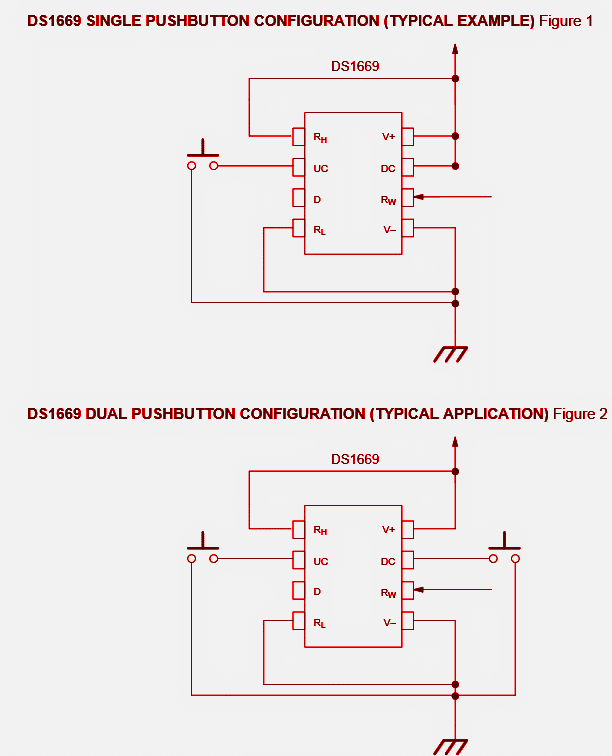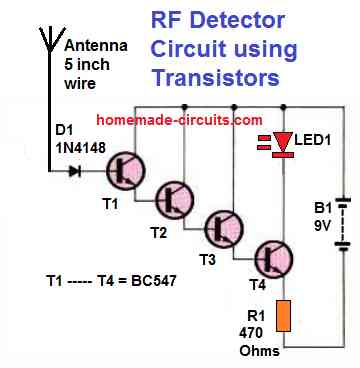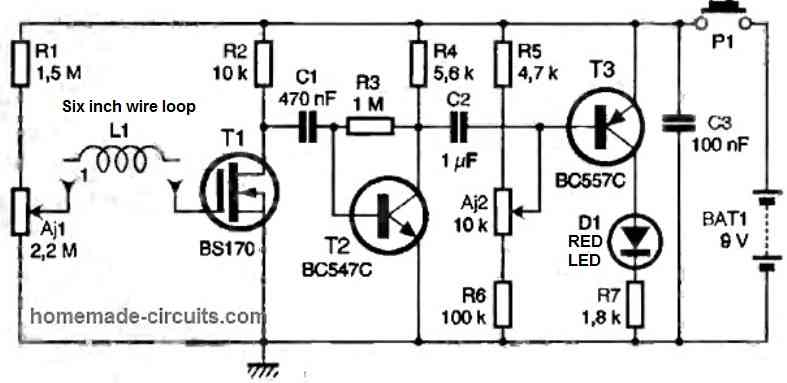In this post I have explained a simple digital volume control circuit using the IC DS1668 which can be used in amplifiers and all audio equipment for achieving a push button press up/down volume control facility.
What are Electronic Rheostats
The DS1668 and DS1669 Dallastats are electronic rheostats or potentiometers. These devices present 64 possible consistent tap points over the resistive array as they are supplied with regular variations of 10K, 50K, and 100K ohms.
The Dallastats can be governed by either a mechanical-type contact closure input or a electronic digital means input for instance a CPU.
Wiper placement is taken care of without the benefit of power that could be achieved by means of the use of a EEPROM storage cell assembly. The EEPROM cell array is definitive to understand higher than 80,000 writes.
The DS1668 and DS1669 are different in the style packages in which they are available. The DS1668 is merely obtainable in a personalized 6-pin package with an individual integrated push button as shown in the package drawing.
Role of Push Buttons
The individual integrated push button offers the mechanised control input of the wiper point.
Furthermore, a digital supply input, D, enables the potentiometer to be operated by a microcontroller or processor.
Supplementary package pins incorporate the positive voltage input +V, the negative voltage input, -V, the resistor wiper , RW, along with the high resistor . RH.
The DS1668 is graded for professional temperature application exclusively (OTC to 70YC). The DS1669 may come conventional IC packages such as an 8-pin 300 mil DIP and an 8-pin 200 mil SOIC. Such as the DS1668, the DS1669 could be set up to utilize using an individual push button or electronic source input.
This is drawn out in Figure 1. Furthermore, the DS1669 could be designed to control in a twin push button arrangement that could be seen in Figure 2.
The DS1669 pinouts make it possible for use of each ends of the potentiometer RL, RH, along with the wiper, RW. Control inputs consist of the digital source input, D, the up contact input, UC, as well as the down contact input, DC.
Additional package pinouts involve the positive,+V, and negative, -V, sup- ply inputs. The DS1669 can be found in professional or industrial temperature variations.
OPERATIONAL SPECIFICATIONS
The DS1668/DS1669 Dallastats are regulated by means of a contact closure input or by a digital base input.
The DS1668 is designed to function from just one contact closure (pushbutton) input that may be built in the personalized 6-pin package or the product could be powered from the digital supply input (D).
The DS1669 could be con- trolled making use of one push switch input, combined push switch, or employing the digital supply input.





Comments
Hello sir
this IC is available in mumbai. or can we purchase online
regards
Hello style, TDA8551 most probably will be available in mumbai, or you can also purchase it online…